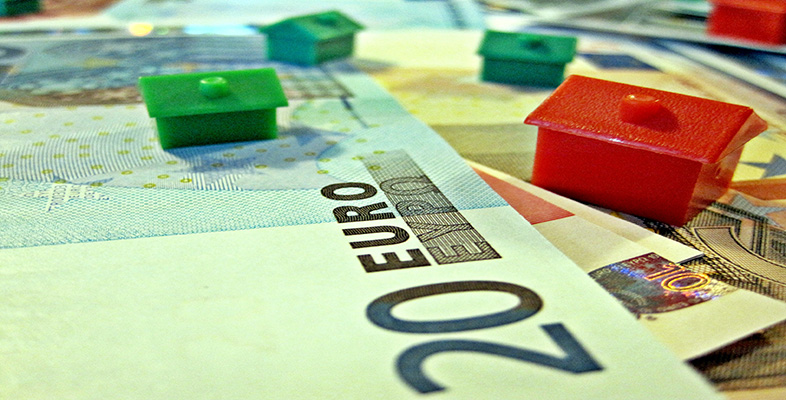2.2.1 More on shares
| High (p) | Low (p) | Company | Price (p) | +/- | Yield (%) | P/E |
|---|---|---|---|---|---|---|
| 1336 | 726 | Dunelm | 1052 | +17 | 7.8 | 14.0 |
| 236 | 93 | Marks & Spencer | 225 | +4 | - | 12.2 |
| 7460 | 4306 | Next | 7036 | +136 | 2.9 | 12.3 |
| 291 | 169 | Sainsbury J. | 257 | +7 | 5.1 | 8.6 |
| 307 | 194 | Tesco | 280 | +6 | 3.9 | 27.9 |
Footnotes
Prices rounded to nearest penny (p)Footnotes
Unch = ‘unchanged’Footnotes
Where no dividend has been paid there is no measure for yieldShares are sometimes called ‘equities’. They entitle the holder to a share or part ownership in a company. Depending on the type of share, this may entitle the shareholder to vote on how the company is run. Shares also usually entitle their owners to receive dividends, paid by the company out of the profit it makes. The receipt of these dividends is, for the shareholder, the income element of the return from their investment in the shares.
Look at the table above showing some UK companies’ share prices. Below is an explanation of the information presented in the columns of the table. Take time to familiarise yourself with the key terms that are used when analysing the performance of a company’s shares.
- High: the highest price of share in a certain time period, for example over the last year.
- Low: the lowest price of share in a certain time period, for example over the last year.
- Company: the name of the company whose shares are shown in the table.
- Price: the current price of share, shown in pence.
- +/-: change in share price from the previous day.
- Yield: the dividend income per share after tax expressed as a percentage of the price of the share. High figures can suggest higher income from investments, but a high yield can also indicate that the company is not growing very fast or is quite risky.
- P/E: the ‘price/earnings ratio’ is the share price divided by the earnings per share. So, if the share price is 200 pence and the earnings per share are 5 pence the P/E ratio would be 40 (note that earnings are the company’s profits after tax, i.e. net profits). Investors are prepared to pay more for shares whose earnings they think are going to rise strongly, so demand pushes up the share price, which in turn increases the P/E ratio. The P/E ratio is often seen as a barometer of confidence in a company’s prospects.
Further analysis of the performance of a company’s shares can include:
- Tobin’s Q: the value the stock market puts on a company (measured as the market value of its shares and debts) divided by the estimated cost of replacing all the company’s assets. A value less than 1 suggests the company is undervalued.
- Dividend cover: earnings per share divided by the net dividend per share. A high figure suggests a secure company with strong profitability. A figure less than 1 is a sign that the dividend may be cut or even cancelled in the future.
- Dividend payout ratio: this equals 1/dividend cover.
The price at which a particular share can be bought or sold will vary from minute to minute depending on the balance of investors who want to buy them and existing holders who want to sell. If investors are able to sell shares at a higher price than they originally paid, they make a capital gain. If they sell for less, they make a capital loss.
Shares are bought through a stockbroker. A stockbroker can be found in high-street banks or through the internet, or through the The Personal Investment Management and Financial Advice Association (PIMFA) [Tip: hold Ctrl and click a link to open it in a new tab. (Hide tip)] . For online stockbroking, there may be a flat-rate charge for any transaction, say £12 for one-off trades, or £10 per trade for frequent traders. It is not usually worth buying or selling shares in very small amounts of less than a few hundred pounds. Conventional stockbrokers may also charge a percentage commission on the value of the transaction subject to a minimum commission. You will find out more about transactions costs later this week.
Stamp Duty Reserve Tax (SDRT) of 0.5% is paid when shares are bought electronically (which the vast majority are these days). SDRT is not paid when shares are sold. Share prices can be seen in most newspapers that report daily on share prices as well as on other information.
